It’s that time of the year again — when The Bulletin of the Atomic Scientists hosted their Doomsday Clock Symposium, the cheeriest conference ever. Basically it was an all-day conference where experts present on what appears to be the status quo in various doomsy topics: nuclear weapons, nuclear powerw, bioweapons/bioterrorism, climate change, and so on. At the end of it, the Science and Security Board of The Bulletin (a group of smart and well-credentialed folks) convened privately and decided whether things are doomy enough to move the Doomsday Clock another minute or so towards midnight, or whether it should be moved back a minute or so, or whether things are basically the same.
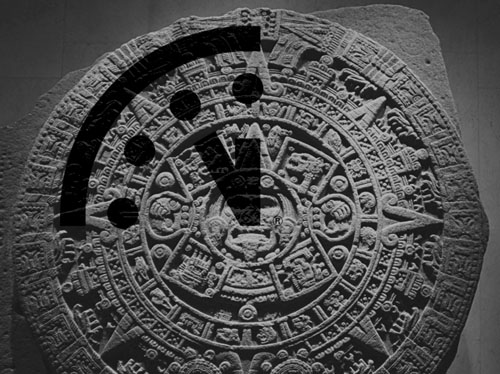
(Yes, I know that this oft-used image is not really a Mayan calendar. Cut me some slack. C’mon, admit it, it’s kind of clever. A little bit.) The Doomsday Clock is a registered trademark of the Bulletin of the Atomic Scientists, used here only in playful jest.
I went last year, but didn’t make it this year. The Doomsday Clock is currently at five minutes to midnight, which is to say, the same as it was in 2007, and the worst it has been since the end of the Cold War. (The clock’s closest times were two minutes in 1953, and three minutes in 1984, both of which were admittedly pretty tense times. Interestingly, in both cases, the clocks were radically moved back within a few years.) They changed the clock one minute forward after last year’s meeting, which was in line with my predictions having sat in on the event.
Everything looked not-so-good at the beginning of 2012: India and Pakistan seemed to be charging ahead with fissile material production without much heed to anything else (even each other); the United States was so crippled by Executive-Legislative in-fighting that it could barely pass completely sensible, bi-partisan treaties, much less hard stuff; Fukushima had happened just the previous year, with ill implications for nuclear energy regulation; and nobody was doing anything significant about climate change, despite the evidence getting stronger and stronger that things were accelerating as bad as the worst-case models had predicted. The closest thing to good news was that it would still be some time before kids could cook up decent biological weapons in their college bio classes.
How are things on the cusp of 2013? My basic read is: nothing’s changed too much from the last time. (This is also the gist of what I’ve heard from folks who were at the conference this year.) Pretty much all of those individual items are the same as they were. What would that mean towards the clock? In a world where the clock was a simple, objective measurement of “doom,” you’d say that inaction would count as a net increase of badness. With climate change, that argument is especially strong: if the models are correct, then every year we spend not mitigating or at least slowing climate change means some greater amount of mitigation in the future. The longer it goes untended, the harder it will be to fix in the future, and the longer the negative effects will last. (The EPA explains this as a “carbon bathtub” effect — the input vastly overpowers the drain, and even decreases the size of the drain.) So that’s pretty doomy.
Of course, the Doomsday Clock isn’t an objective measure of doom — it’s a piece of publicity meant to focus attention onto key issues. In this sense, nothing changing might be a sign to just keep the clock where it is. Moving it forward, without any really strong reasons to do so, might dilute its publicity power. And if you’re moving it forward just because nothing positive is being achieved, well, you’ve only got a few more years of being able to do that before you run out of minutes! (A negative-time wouldn’t really work, conceptually, would? “Doomsday was five minutes ago.” Well, at least it gives The Bulletin something to do in the post-apocalyptic world…) I think of the “minutes” as something that can be “spent” — you only have a few of them, and if you wiggle the clock each and every year by a little bit without a really strong reason, it’ll look like the Clock that called “wolf.” I do think the change last year was justified — in part because the “optimistic” aspects of the 2010 change had seemed already undone — but I just haven’t seen a strong reason to tweak it again.1
Anyway, my guess is that the Doomsday Clock won’t move this year. But we’ll find out in January, says the BAS. Which, you have to admit, is kind of a hedging of bets: if the Mayan apocalypse happens on December 21st, they can always change their clock time to zero and nobody will know whether they really predicted it or not.
I leave you with one of my favorite “Doomsday” quotes, from Time magazine, December 3, 1945:
“What is the goal of science? To blow up the world? If scientists mean what they say — and they generally do — scientific progress is within sight of that nihilistic goal, and may soon succeed in reaching it. … But the scientists, with the purest scientific motives in the world, still toy with the idea of a scientifically induced Doomsday. They know the gun is loaded, but their fingers itch to try the trigger.”2
What a line! And on that happy note…
It’s that time of the year again — where one hunts, frantically, for some kind of gift for those hard-to-satisfy family members and friends. I thought I might post a little update about some new products I’ve added to the Restricted Data Store, as well as one other non-self-serving gift suggestion. But first, Season’s Greetings from the Eniwetok Atoll:
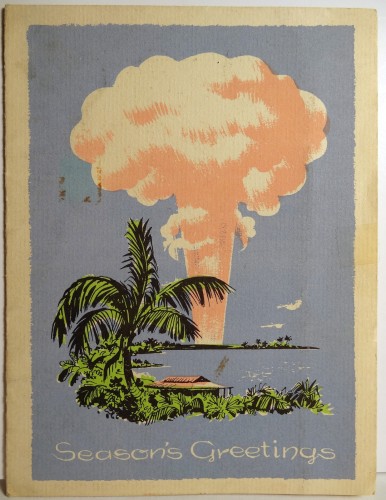
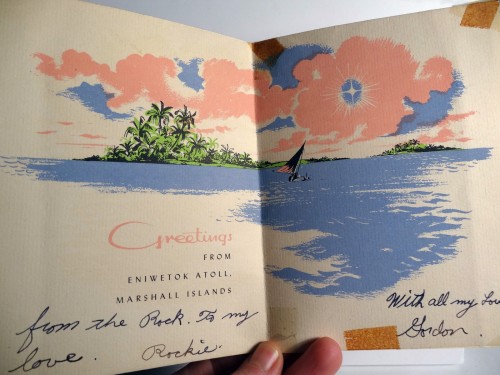
(These particular pictures from an eBay offering; more information about the card itself is here.)
Over the last few months I’ve been adding a few designs to the Restricted Data Store. I should note that I think such things are not necessarily laudatory or condemnatory — I’ve chosen all of the images for how graphically interesting they are, and the fact that the bomb is nothing if not an ambiguous object. You can always say you’re wearing it ironically if someone asks — apparently that lets you get away with anything these days.
Above is the official emblem of the Manhattan Project — devised after the bombs were dropped, of course. The little castle at the bottom is from the emblem of the US Army Corps of Engineers. It has a wonderful retro aesthetic style, I feel, and I managed to get a very high-quality scan of it, which I then cleaned up, and applied to all manner of clothing. There are two variants: a light logo on dark clothing (as on the left), or a dark logo on light clothing (as on the right).
Above we have the first official depiction of a nuclear fission chain reaction from the Princeton University Press edition of the Smyth Report. I’ve always really liked this drawing: it is very seriously drawn (no fancy embellishments), yet it is really quite understandable. This is one of the shirts that get people to ask, “what is that?” when I wear it. “Oh, nothing,” I casually reply, desperately trying to keep my giddiness under wraps, “it’s just, you know, a nuclear fission chain reaction from the Smyth Report! Let me tell you about what that means to me…” At which point the person asking usually regrets it, but it’s far, far too late for them.
Lastly, I’ve recently added two more shirts: one featuring that Soviet drawing of the American implosion bomb, derived from espionage, and the other of the striking diagram illustrating the concept of “critical mass” from Glasstone and Dolan’s 1977 edition of The Effects of Nuclear Weapons:
Both combine a gnomic technicality with geometric simplicity, which, as you can see, appeals to me. Maybe it will appeal to someone else in your life as well, if not yourself! For all of the clothing, I’ve tried to include a pretty wide range of styles and sizes. If you find your body-type or inclinations not represented, just let me know and I will be happy to try and accommodate.
There are also still many nice mugs:
All meager profits go towards the upkeep of the blog.
Lastly, I want to highlight two calendars. The first is one that I made, the 2013 Nuclear Testing Calendar. It features 12 months of striking, high-resolution photographs of American atmospheric nuclear testing. Throughout the calendar are also a number of nuclear anniversaries noted — some fairly well-known, some that will probably be new to you. The cover image is a nice indication of the sort of thing you get from this: this is an image of the nuclear test Greenhouse ITEM (1951), which I personally scanned at the US National Archives at very high resolution, and then edited out any smudges, fingerprints, and dust spots. The colors are as they were in the original — vivid reds and oranges, with an otherworldly turquoise at the center of the fireball.
The calendar is through Lulu.com, a self-publishing enterprise, but they are very high quality — the pages are crisply printed, and the page stock is heavy and professional.
One more calendar: my employer, the history program at the American Institute of Physics, sells a calendar each year as well. This year the theme is the life of Niels Bohr, since 2013 will be the 100th anniversary of the Bohr atom. The calendar is quite beautiful and would be a real boon to any science fans out there:
All sales of the Bohr calendar benefit the Emilio Segrè Visual Archives and the Niels Bohr Archive, Denmark.
- I should say, just to drift for a second: I actually think the Clock is a useful piece of publicity. A lot of coverage after the movement last year was, “oh, this doesn’t mean anything, it’s just a bunch of experts, you know, making a statement about how dangerous the world is”… which is exactly the point. To argue that it is anything but that is to construct an obviously foolish straw man. And really, I don’t understand what the counter-argument really was, anyway. That the world was safer than the experts concluded? Maybe it was the inclusion of climate change and Congressional intransigence as serious global security issues that got the critics hackles up, but dismissing the Clock as “just publicity” is just a fool’s argument, the ultimate head-in-the-sand gesture. [↩]
- “They Know It’s Loaded,” Time (3 December 1945). The context of the story is a proposal by John A. Wheeler for studying cosmic rays, which he claimed could help further figure out how mass-energy transformation works:
The present atomic bomb, Professor Wheeler believes, is a mere firecracker. The cornerstone of atomic physics is the Einstein Equation, which shows that all matter, on earth and elsewhere, is merely frozen energy. “It tells us that the most powerful nuclear transformation so far known, the fission of a heavy nucleus, releases only one-1,000th of the energy locked up in its mass.” The sub-atomic particles which form the uranium nucleus are not themselves transformed. They are only reshuffled into smaller nuclei, with a tiny loss of mass. If protons, for instance, which are found in all nuclei, could only be transformed into energy, the explosion would be really vigorous.
[↩]

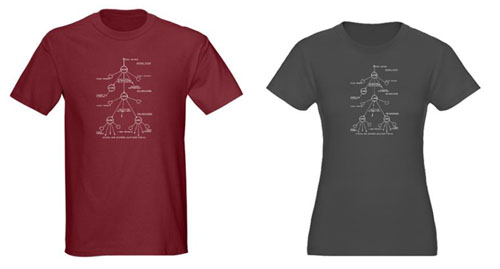


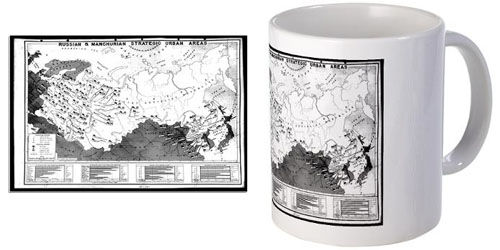
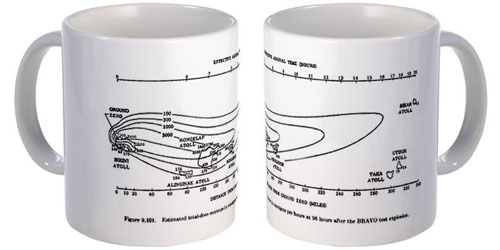
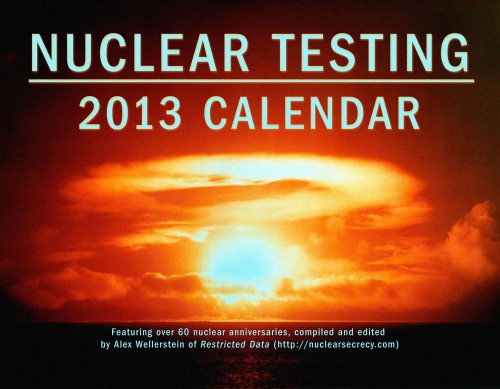
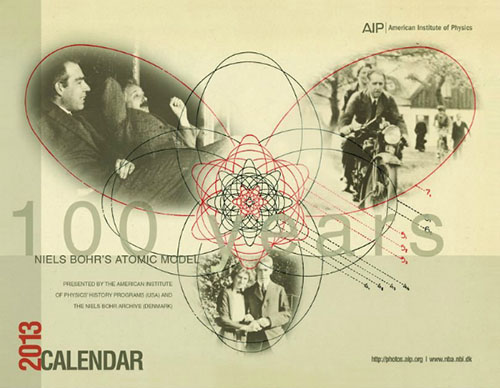



I used your word “doomy” when I was talking to one of the symposium’s participants, energy policy expert Elizabeth Wilson. Her reaction: “‘Doomy!’ I like it!”
Doom swag!
You should do a tshirt with the Fat Man diagram on the front and the critical mass one on the back, i’d love to wear that 😀
The A-Bomb onesie! I love it! Dang it, but my daughter is too big for one of those now! That would have been ALL the talk at the playgrounds….